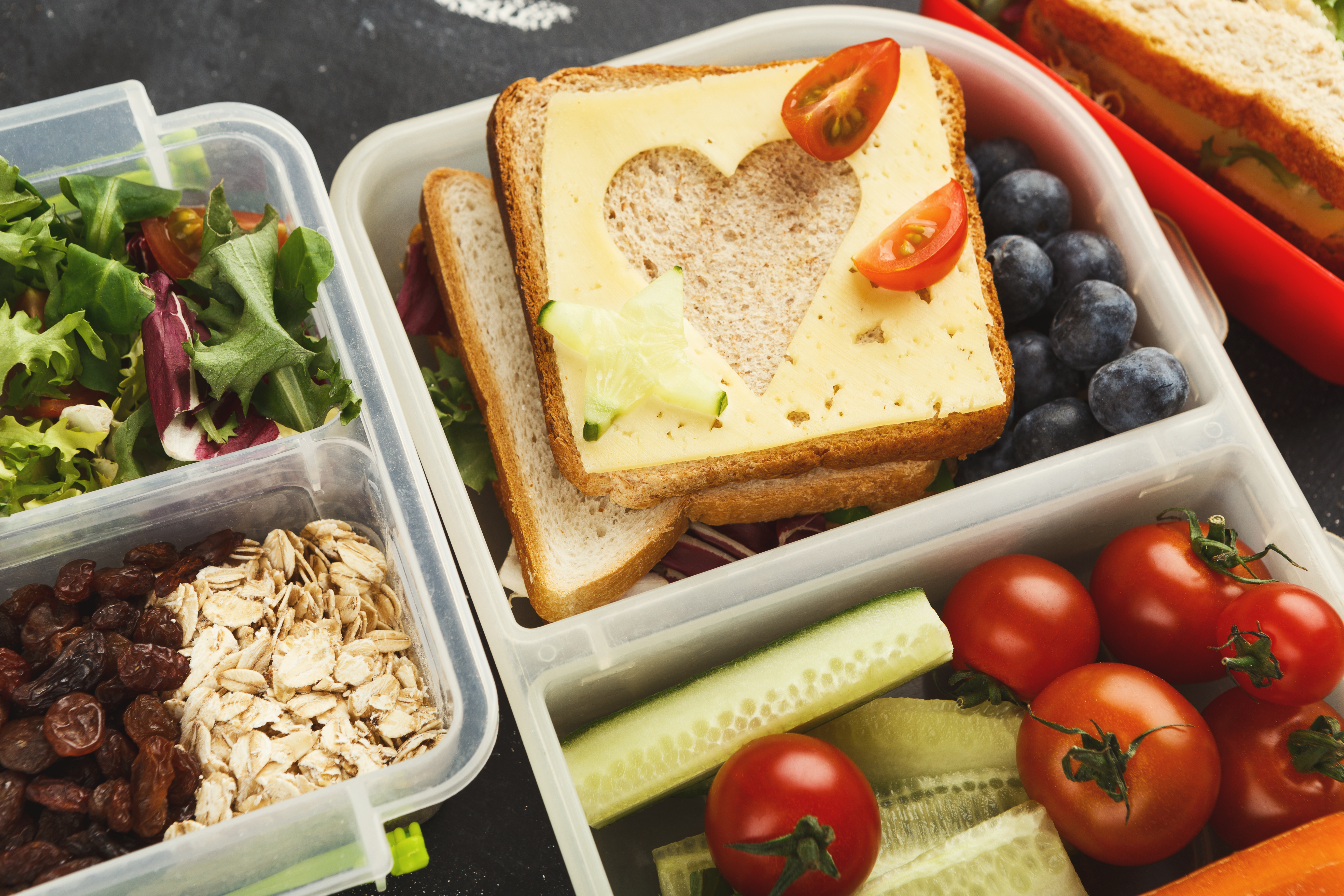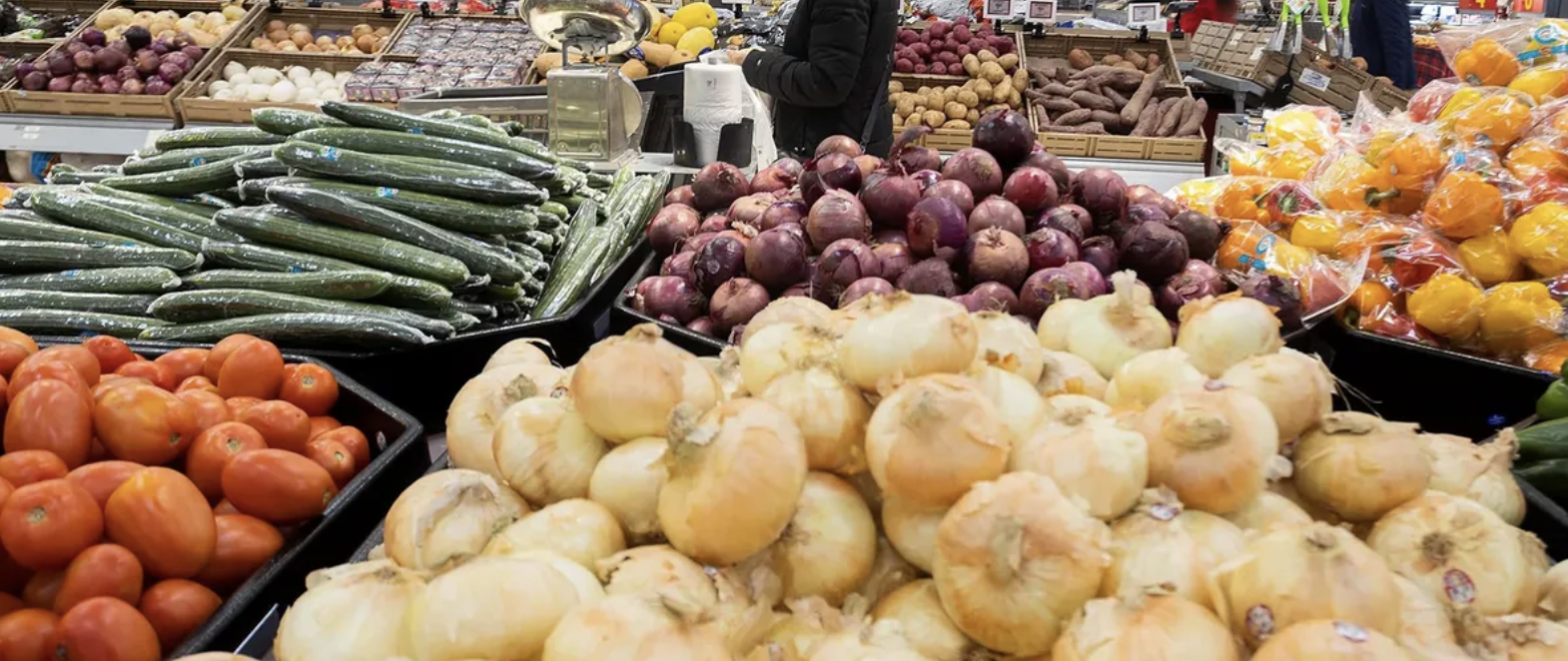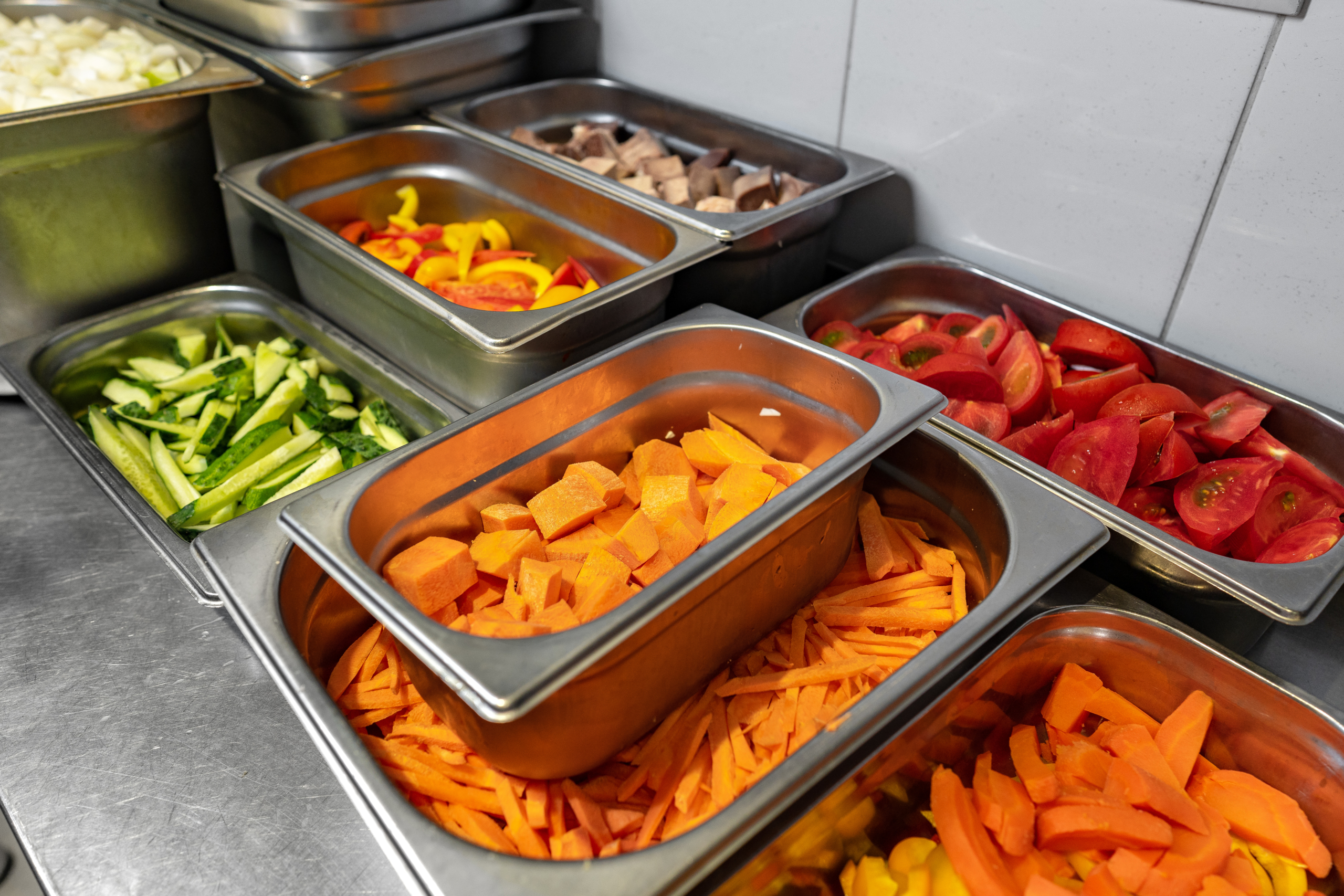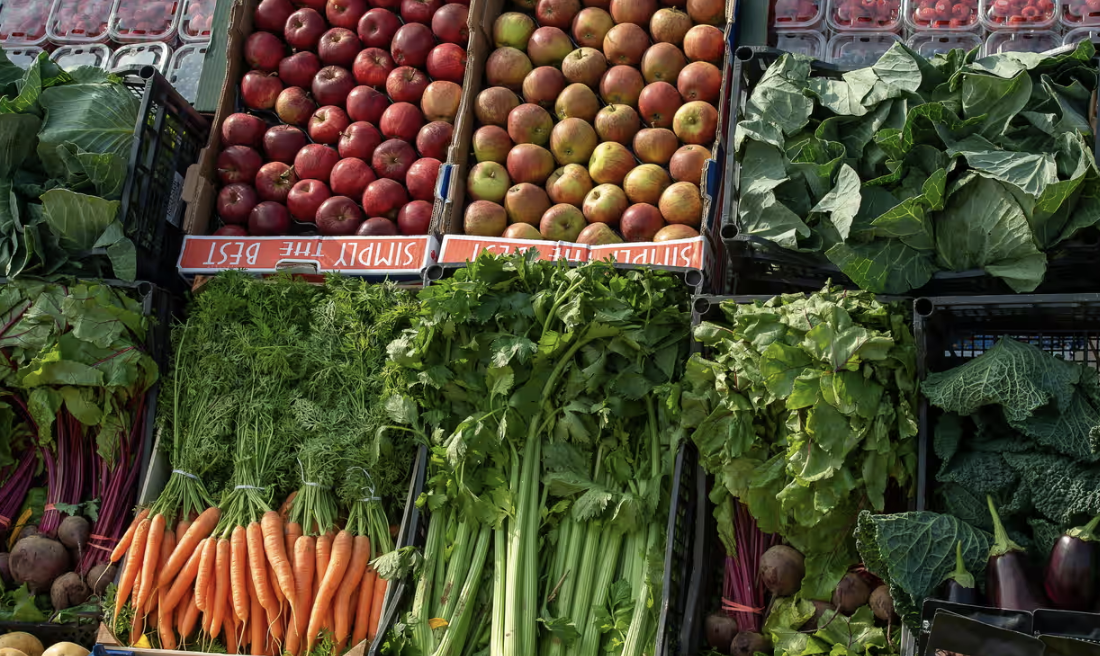Students may be a captive audience at lunch time, but school foodservice officials say they want options and ideas from produce marketers to present fruits and vegetables to kids in an attractive way.
Dayle Hayes, president of Nutrition for the Future, moderated a packed 30-minute session June 11 at the United Fresh Produce Association’s expo.
She reminded attendees that school districts serve 30 million children a day and are often one of the biggest foodservice customers in any town.
Jessica Shelly, director of child nutrition and wellness at Cincinnati Public Schools, said the school district has benefited from the first salad bar donations United Fresh made in 2010. Salad bars are now in all of the district’s schools. While fruit is popular, she said she needs more options to increase the appeal of vegetables for kids.
Not all produce suppliers understand specific federal regulations on the colors of produce that must be served.
Bertrand Weber, director of culinary and nutrition services at Minneapolis Public Schools, said the industry probably doesn’t always understand the regulations when it comes to packaging.
“(U.S. Department of Agriculture) requirements (are) by volume, not by weight, and the volume depends on the cut of the fruit or the veggie,” he said. “So a half a cup of diced carrots, carrot sticks, or shredded carrots have a completely different weight,” he said. “It is always based on volume.”Federal and state regulations play a role in what school districts can purchase, school officials said.
“We just adopted the Good Food Purchasing Program at Cincinnati public schools, which requires us to really focus a lot on local economy and environmental sustainability,” Shelly said. “So I’m looking specifically for produce that is grown within 250 miles of my school district that can come in and have a lesser (environmental) footprint.”
In addition, she said regulations restrict purchases of imported produce.“I’m only allowed to buy produce that is actually created in the United States of America,” she said. “You might have the best avocado in the world. But if it’s grown in Mexico, I can’t buy it.”
Hayes said state agencies can layer on extra regulations in addition to federal rules as to what districts can buy.
“(States) can’t make it simpler, but they can make it more complicated.” she said.
School food service directors invited produce suppliers to visit them in person to better understand their needs, and to contact them when prices are low and supply is abundant.
“We always look for our distributors to reach out to us when they have opportunity buys,” Weber said. “Say, hey, we got a truckload of strawberries or we have misfit apples — whatever it might be — then it becomes become a win-win for both sides.”
Some school district officials expressed frustrations in the difficulty in putting in place farm-to-school programs, while one produce supplier said he wishes school district contracts could provide more guaranteed long-term volume, which he said could reduce costs and provide more consistent supply.







